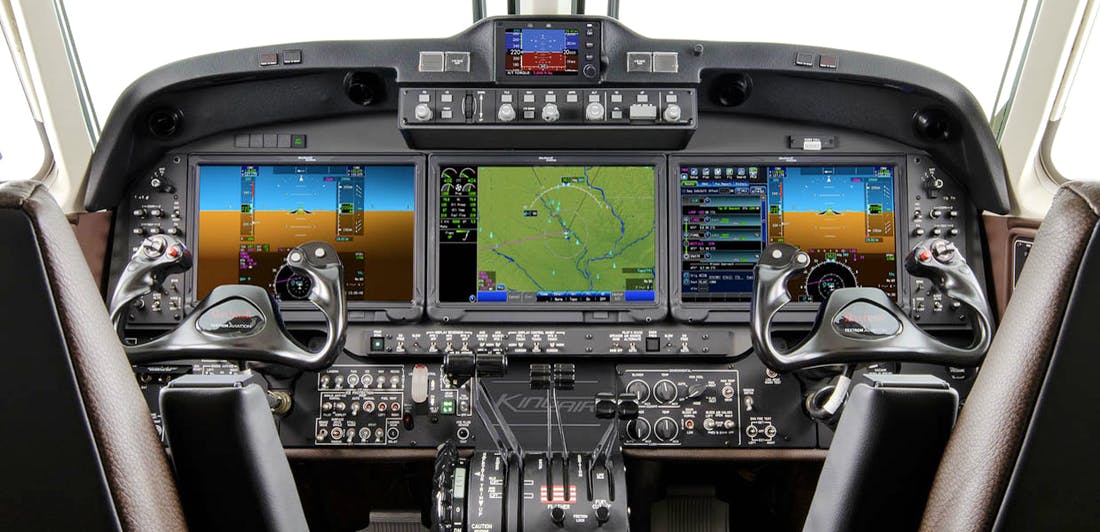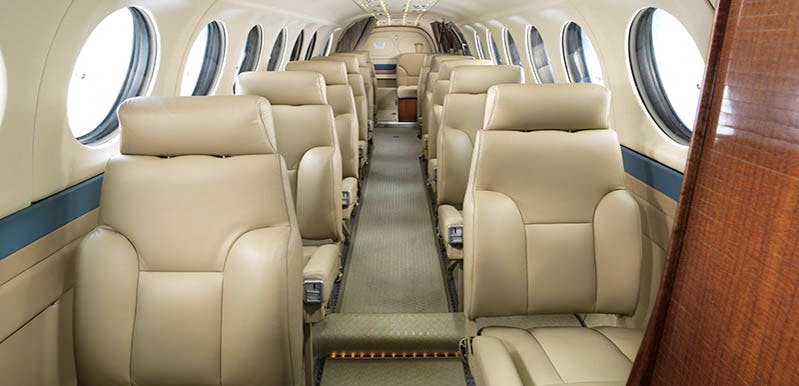The redesigned Beechcraft King Air 260 and 360 receive their certification in Europe.
It is true that turboprops are probably much more suitable than jets for routes below 1000 km. In fact, the efficiency of a private jet is optimal above 9000 m altitude. To reach them, it takes time and above all a lot of fuel consumption compared to the flight at constant altitude; therefore, to amortize these extra costs, if we compare with a Turboprop, we need a trip exceeding 1000 km. This is why the arrival of the Beechcraft King Air 260 and 360 on the European market is good news for all those who rent private flights. Indeed it is precisely those who need mostly short trips that need private flights rental more, since the longer the trip, the more difficult it is to amortize the cost of purchasing a private jet.

After being certified by the FAA last year, the King Air 260 and 360 twin-engine turboprops are now certified in Europe. Tom Perry, Textron’s vice president of sales for Europe, calls the EASA certification of the upgraded King Air “the beginning of a new era for the Beechcraft King Air in Europe.”
Impressive range

The King Air 260 (up to nine seats) has a range of 1,720 nautical miles or 3,185 km, while the King Air 360 (up to 11 seats) has a range of 1,806 nautical miles, or 3,344 km. The ER variant of the King Air 360 seats up to 15 passengers and has a range of 2692 nautical miles, or 4985 km. The major update brought automatic throttle and an improved pressurized cabin to the 360 models. The latter is now controlled by an avionics-integrated pressure regulator, which automatically adjusts cabin pressure during ascent and descent, relieving the crew. The King Air 260 also receives the automatic throttle system and a new Collins Multi-Scan RTA-4112 weather radar.
Since 1964, Beechcraft has produced approximately 7,600 King Air aircraft. According to the manufacturer, the King Air is the “best-selling turboprop family in the world”. In Europe alone, 460 examples are currently registered.


